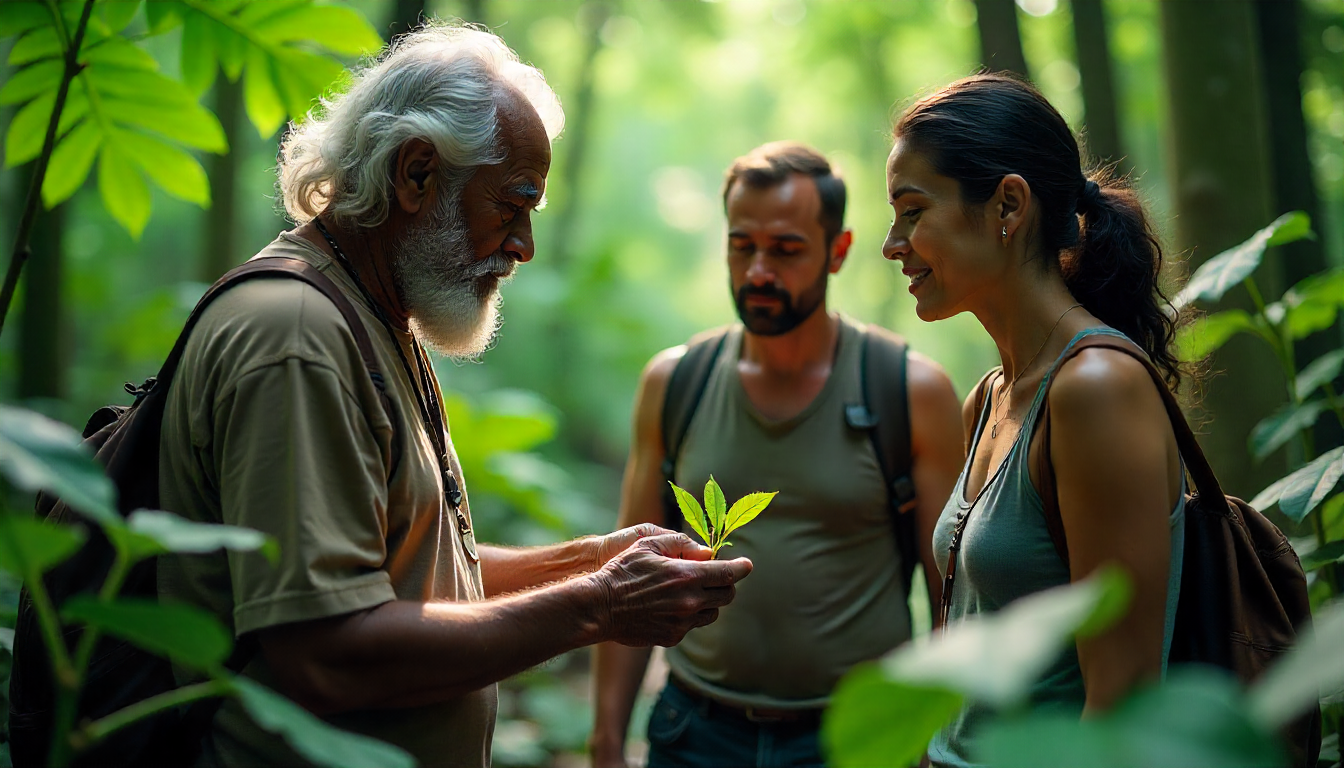Many modern eco-lodges and sustainable resorts are taking cues from indigenous building methods. For centuries, indigenous communities have built structures that are perfectly adapted to their local climate. They use locally sourced materials. They are often designed with natural ventilation in mind. This minimizes the need for modern heating and cooling systems. The traditional Inuit snow house, for example, is a marvel of thermal engineering. It is a prime example of how indigenous knowledge can inform modern construction. These structures use the insulating properties of snow and their domed shape. They create a surprisingly warm and livable space.
In Central and South America, traditional building methods often use materials like bamboo, clay, and palm fronds. This is a practice that has been revived in modern, eco-friendly accommodations. These buildings not only have a minimal environmental footprint, but they also offer a more authentic connection to the local environment. A traveler can stay in a lodge that feels integrated into the landscape. It does not feel like an imposition on it. This type of architectural innovation is a testament to the wisdom of working with nature. It is a powerful lesson for a world looking for greener solutions.
Wayfinding and the Return to Nature
Before GPS, before compasses, there was wayfinding. This is an ancient art of navigation. It relies on a deep understanding of natural cues. Polynesian navigators, for instance, were master wayfinders. They crossed thousands of miles of open ocean. They used the stars, ocean swells, and the flight patterns of birds. Their indigenous knowledge of the natural world allowed them to travel vast distances with astonishing accuracy. Modern travelers can learn a lot from this. It is a practice that can enrich any adventure.
Today, guided tours are incorporating these ancient methods. They are teaching travelers how to read the sky. They are teaching them how to read the waves. These experiences are not about getting to a destination faster. They are about the journey itself. They encourage a deeper, more mindful connection to the environment. This approach is a direct challenge to our reliance on technology. It reminds us that the world is full of subtle cues. It reminds us that we have lost the ability to read them. A travel experience that teaches these skills is a truly transformative one. It offers a new kind of freedom.
Ecotourism and Regenerative Practices
The term “ecotourism” is often used. However, many indigenous communities have practiced a form of it for millennia. Their traditional stewardship of the land provides a model for regenerative tourism. This approach goes beyond simply not causing harm. It aims to actively improve the ecosystem. In parts of the Amazon, for instance, indigenous communities are leading eco-tourism initiatives. They are teaching visitors about the rainforest. They are also teaching them about sustainable living. The revenue from these ventures funds conservation efforts. It also supports community development.
These experiences offer more than a glimpse of nature. They offer a masterclass in living with it. Travelers can learn about traditional medicines. They can learn about sustainable farming techniques. They can also learn about local conservation efforts. This approach provides a unique perspective. It highlights the importance of protecting fragile ecosystems. It also shows how a culture and its environment are intertwined. This indigenous knowledge is a vital part of the solution to modern environmental challenges. It is a lesson that every traveler can take home with them. It can influence how they live their lives.
Culinary Journeys and a Taste of Place
The indigenous approach to food is another area of innovation. It is about more than just what you eat. It is about where it comes from. It is about how it is prepared. Many indigenous cultures have developed sophisticated agricultural techniques. They have developed a deep knowledge of edible plants and traditional cooking methods. This wisdom is now at the heart of many culinary tours and food experiences. These are not just cooking classes. They are lessons in history. They are also lessons in ecology.
By supporting a local indigenous-led culinary experience, travelers are doing more than just trying a new dish. They are contributing to the preservation of cultural heritage. They are helping to create a market for traditional foods. They are also learning about a place through its most personal expression. The flavors, the ingredients, and the stories behind them all tell a tale. They tell a tale of a specific place. This form of culinary tourism celebrates biodiversity and cultural diversity. It also ensures that indigenous knowledge is valued and passed on to future generations.
Conclusie
The future of travel is not just about new technologies. It is also about rediscovering ancient wisdom. The principles of sustainability, respect, and deep connection are not new ideas. They are at the core of indigenous knowledge. By looking to these timeless practices, modern travelers and the tourism industry can create experiences that are more meaningful, more ethical, and more authentic. This is a journey that benefits all of us. It is a journey that can heal the land and enrich the human spirit.


